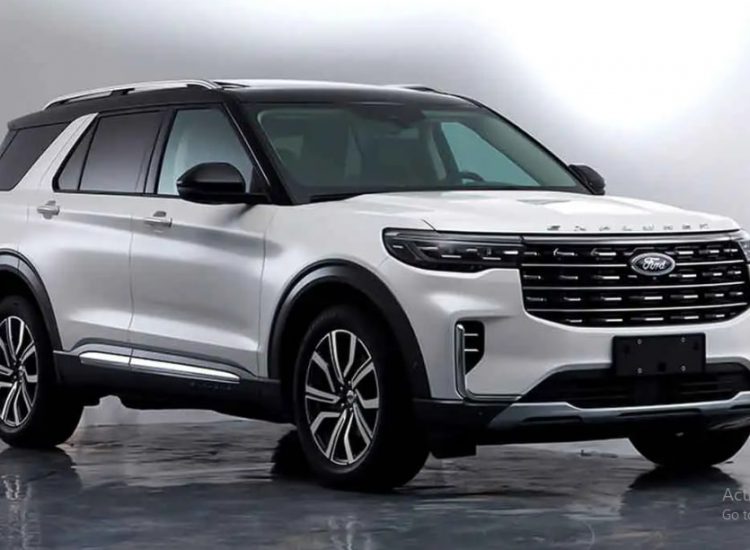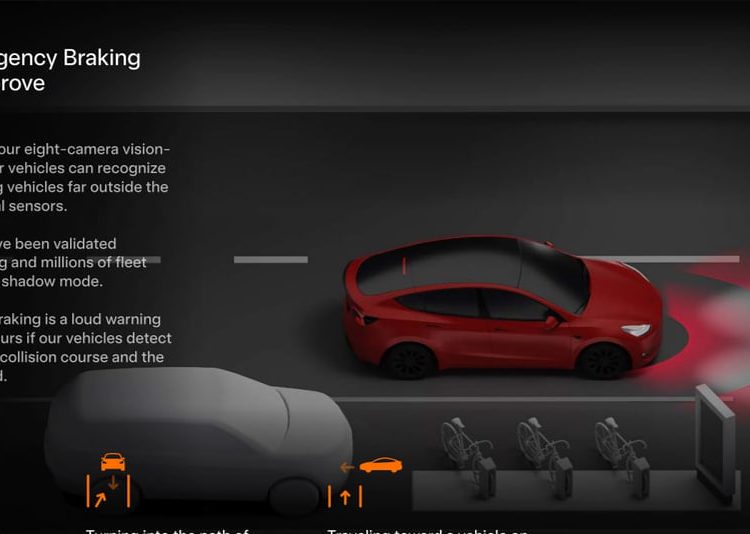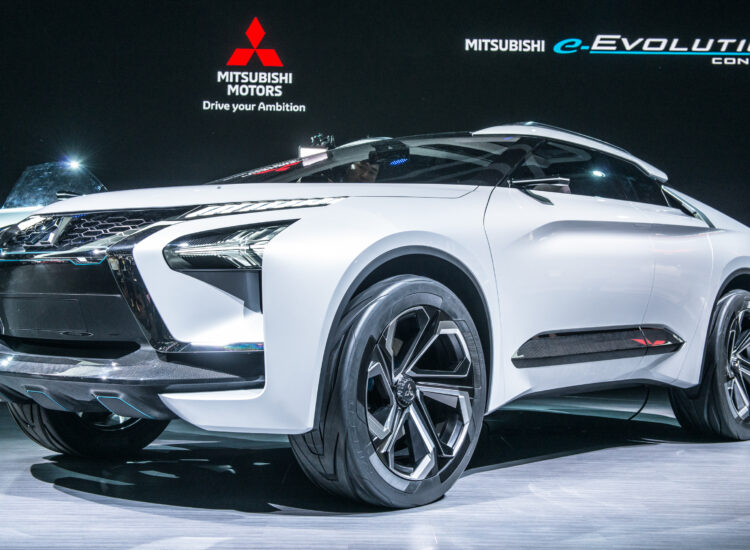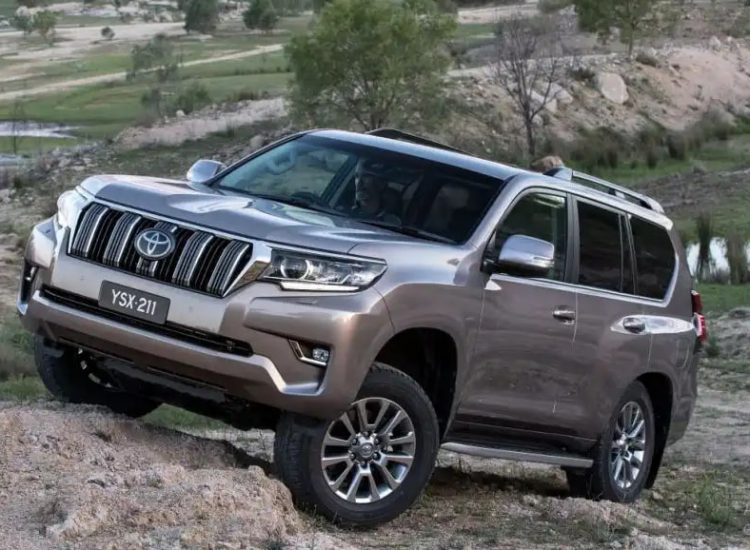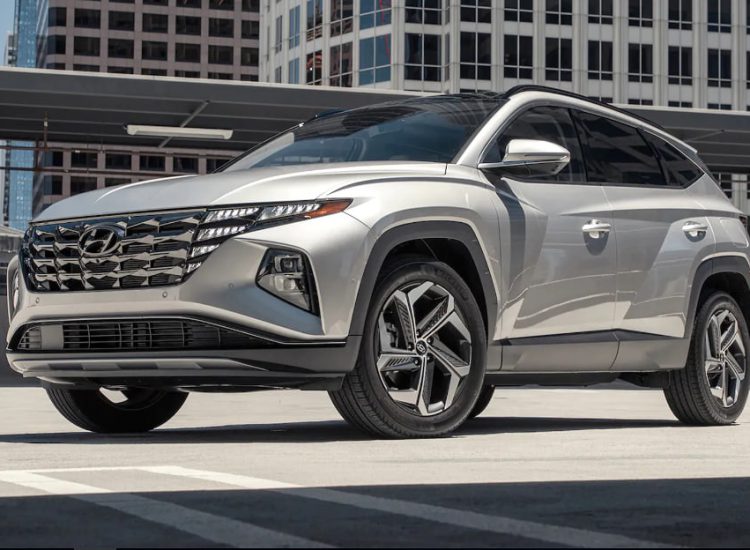When driving a car, there are a lot of things to keep track of – the speed limit, the road conditions, other drivers on the road, and of course, the various buttons, switches, and levers inside the vehicle. One of the most important levers is the automatic transmission lever, which allows you to shift between different gears and control the speed and power of your car. But have you ever stopped to think about the little symbol on the lever and what it means? In, we will explore the meaning and use of this symbol, and why it’s important for every driver to understand.
Toc
- 1. Learn about automatic car gear lever
- 2. The meaning and use of the symbols on the automatic transmission lever
- 3. Advantages and disadvantages of gear levers on automatic transmission cars
- 4. Disadvantages of Gear Levers on Automatic Transmission Cars:
- 5. Related articles 02:
- 6. Notes when using automatic transmission lever
- 7. Related articles 01:
Learn about automatic car gear lever
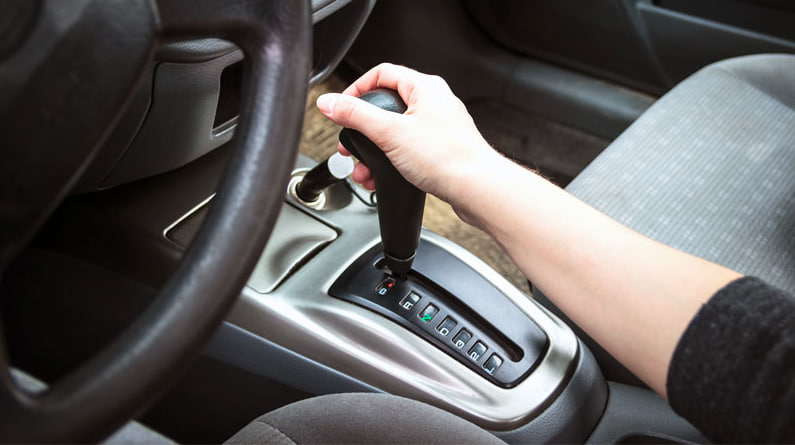
Driving a car can be intimidating for beginners, especially when it comes to shifting gears. While manual transmission cars require constant shifting between gears, automatic cars offer a more convenient and hassle-free driving experience. If you’re interested in driving an automatic car, it’s important to understand how the gear lever works.Now, we’ll take a closer look at automatic car gear levers and how they function.
First, let’s define what a gear lever is. It’s the device located in the center console of a car that allows the driver to change gears. In an automatic car, it’s typically a lever with a simple layout, consisting of Park (P), Reverse (R), Neutral (N), Drive (D), and sometimes additional gears such as Overdrive (O) or Low (L).
When you start the car, the gear lever is usually in the Park position. This locks the transmission and prevents the car from moving. To shift into Reverse or Drive, you need to press the brake pedal first. Once the brake pedal is depressed, you can move the gear lever to the desired position.
When in Reverse (R), the car will move backward. This is useful for backing up or maneuvering in tight spaces. Neutral (N) is a gear that separates the engine from the wheels, allowing the car to coast while the engine is still running. This is often used when the car is being pushed or towed.
Drive (D) is the default gear for normal driving. It allows the car to shift automatically between gears based on the speed and load. Overdrive (O) is a gear that allows for better fuel efficiency on the highway, while Low (L) is a gear that provides more power and is useful for towing or driving in hilly areas.
It’s important to note that different car manufacturers may have slightly different gear lever layouts. Some automatic car gear levers are designed as buttons or switches, while others may have additional gears or features such as Sport mode or a manual shift option.
Automatic car gear levers may seem simple, but they play a crucial role in the car’s performance and safety. By understanding how they work, you can ensure a smooth and safe driving experience.
In conclusion, automatic car gear levers are a fundamental part of driving an automatic car. Whether you’re a beginner or an experienced driver, it’s important to understand how they function and how to use them properly. With this knowledge, you can confidently navigate the roads and enjoy the convenience of an automatic transmission.
The meaning and use of the symbols on the automatic transmission lever
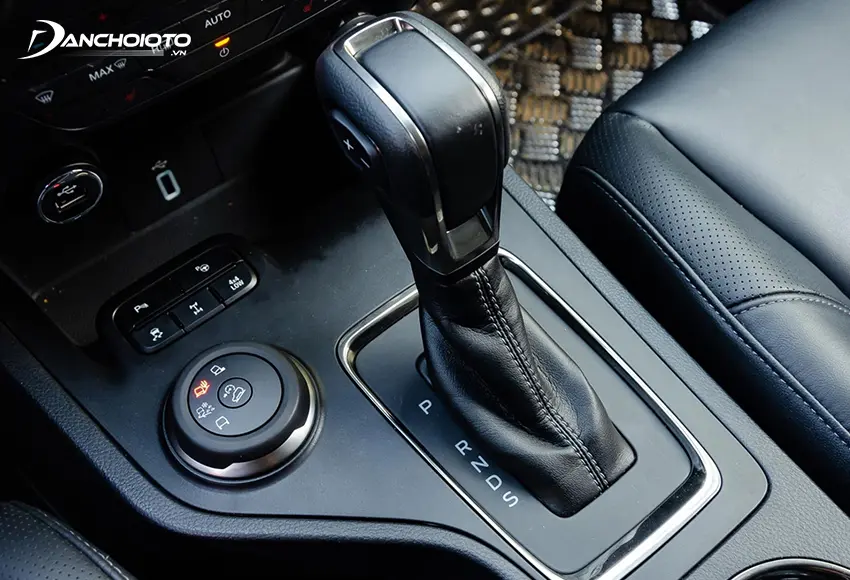
In an automatic transmission system, the gears are shifted automatically as the vehicle accelerates or decelerates. Unlike a manual transmission system, the driver does not need to manually change gears using a clutch pedal and gear stick. Instead, the automatic transmission system does this for the driver, making the driving experience much smoother and more convenient.
Now, let’s take a look at the symbols on the automatic transmission lever. The most common symbols are P, R, N, D, and L. These symbols represent the different gears that the automatic transmission system can shift into.
- P stands for Park. This is the gear that the driver selects when they want to park the vehicle. When the vehicle is in Park, the transmission is locked and the wheels cannot move.
- R stands for Reverse. This is the gear that the driver selects when they want to back up the vehicle. When the vehicle is in Reverse, the transmission shifts into a gear that allows the vehicle to move backwards.
- N stands for Neutral. This is the gear that the driver selects when they want to disengage the transmission from the wheels. When the vehicle is in Neutral, the transmission is disengaged and the wheels are not connected to the engine.
- D stands for Drive. This is the gear that the driver selects when they want to move the vehicle forward. When the vehicle is in Drive, the transmission shifts into a gear that allows the vehicle to move forward.
- L stands for Low. This is the gear that the driver selects when they want to drive the vehicle at a lower speed, such as when driving up a steep hill. When the vehicle is in Low, the transmission shifts into a lower gear, allowing the engine to provide more power to the wheels.
In addition to these symbols, some automatic transmission levers also have a +/- symbol. This symbol allows the driver to manually shift gears using the lever. When the driver moves the lever to the left (-), they are shifting the transmission to a lower gear. When they move the lever to the right (+), they are shifting the transmission to a higher gear.
It is important to note that the symbols on the automatic transmission lever may vary depending on the make and model of the vehicle. Some vehicles may have additional symbols or may use different symbols altogether. It is important for the driver to consult the owner’s manual to determine the specific symbols used on their vehicle.
In conclusion, the symbols on the automatic transmission lever represent the different gears that the automatic transmission system can shift into. Understanding the meaning and use of these symbols is crucial for safe and effective driving. Drivers should consult their owner’s manual to determine the specific symbols used on their vehicle and should always use caution when shifting gears.
Advantages and disadvantages of gear levers on automatic transmission cars
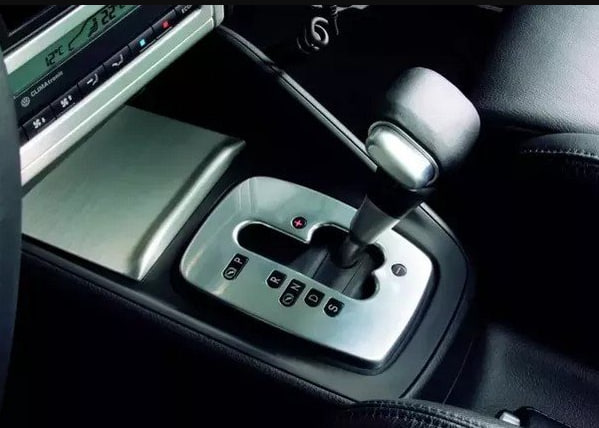
Automatic transmission cars have become increasingly popular over the years, and with their rise in popularity, gear levers have also come into the spotlight. While traditional automatic cars have a gear lever that allows drivers to easily switch between gears, newer models are now coming with gear levers that are more advanced and have various features. Now, we will examine the advantages and disadvantages of gear levers on automatic transmission cars.Advantages of Gear Levers on Automatic Transmission Cars:
1. Enhanced Control:
With gear levers on automatic transmission cars, drivers have more control over their vehicle. They can easily switch between gears to match their driving style, giving them a more personalized driving experience. This can also be helpful when driving in different road conditions, such as snow or rain.
2. Improved Fuel Efficiency:
Many gear levers on automatic transmission cars are designed to improve fuel efficiency. Some models come with an “Eco” mode that optimizes the vehicle’s fuel consumption. Additionally, drivers can use the gear lever to control the vehicle’s speed, helping to conserve fuel.
3. Better Towing Power:
Gear levers on automatic transmission cars can also improve a vehicle’s towing power. Drivers can easily switch between gears to match the weight of their load, making it easier to tow heavy items.
4. Less Maintenance:
Traditional automatic transmission cars have a complex system of gears and clutches that require regular maintenance. However, gear levers on automatic transmission cars are designed to be more durable and require less maintenance.
Disadvantages of Gear Levers on Automatic Transmission Cars:

1. Learning Curve:
For drivers who are used to traditional automatic cars, the gear lever may take some getting used to. Learning how to operate the gear lever can be challenging, and it may take some time to become comfortable with it.
2. Cost:
Gear levers on automatic transmission cars can add to the cost of the vehicle. While some models come standard with a gear lever, others may require an upgrade.
3. Complexity:
While gear levers on automatic transmission cars are designed to be more durable, they are also more complex. This can make repairs more difficult and costly.
4. Limited Availability:
Not all automatic transmission cars come with a gear lever. Some models are designed with paddle shifters, which can be less intuitive for some drivers.
1. https://suvwars.com/archive/118/
2. https://suvwars.com/archive/509/
3. https://suvwars.com/archive/463/
In conclusion, gear levers on automatic transmission cars have both advantages and disadvantages. While they can provide drivers with enhanced control, improved fuel efficiency, and better towing power, they also come with a learning curve, added cost, complexity, and limited availability. Ultimately, it’s up to drivers to decide whether a gear lever is right for them and their driving style.
Notes when using automatic transmission lever
Driving a car with an automatic transmission is a breeze, especially for those who don’t like to constantly shift gears. However, it’s important to take note of certain things when using the automatic transmission lever to ensure a smooth and safe driving experience. Now , we’ll discuss some important notes when using the automatic transmission lever.
1. Always come to a complete stop before shifting: It’s important to always come to a complete stop before shifting the automatic transmission lever. Not doing so could damage the transmission and lead to costly repairs.
2. Use the correct gear: The automatic transmission lever is designed to shift gears automatically, but it’s important to use the correct gear for the driving conditions. For example, if you’re driving up a steep hill, you may need to shift to a lower gear to ensure the engine has enough power to climb the hill.
3. Avoid shifting to reverse while the car is moving forward: Shifting to reverse while the car is moving forward can cause serious damage to the transmission. Always come to a complete stop before shifting to reverse.
4. Don’t shift to park while the car is moving: Shifting to park while the car is moving can also cause serious damage to the transmission. Always come to a complete stop before shifting to park.
5. Use the parking brake: When parking on a hill, always use the parking brake in addition to shifting to park. This will prevent the car from rolling down the hill if the transmission fails.
6. Don’t shift to neutral while the car is moving: Shifting to neutral while the car is moving can cause the engine to rev up and damage the transmission. Only shift to neutral when you need to coast to a stop.
7. Don’t shift to drive when the car is moving in reverse: Shifting to drive while the car is moving in reverse can also cause serious damage to the transmission. Always come to a complete stop before shifting to drive.
8. Don’t shift gears abruptly: Abruptly shifting gears can cause the transmission to wear out prematurely. Always shift gears smoothly and gradually.
In conclusion, using the automatic transmission lever is easy, but it’s important to follow these notes to ensure a smooth and safe driving experience. Remember to always come to a complete stop before shifting gears, use the correct gear for the driving conditions, and avoid shifting gears abruptly. By following these notes, you can extend the life of your transmission and avoid costly repairs.
1. https://suvwars.com/archive/158/
2. https://suvwars.com/archive/459/
3. https://suvwars.com/archive/486/



